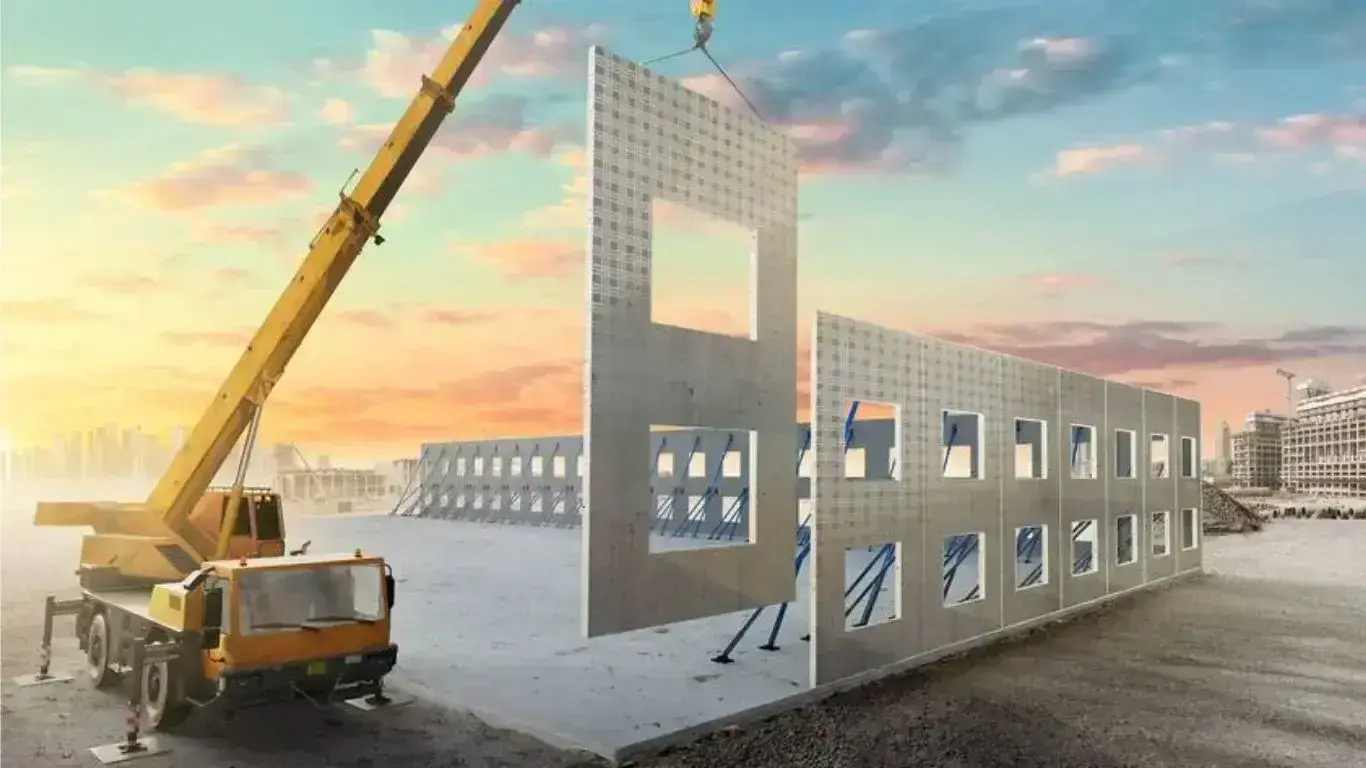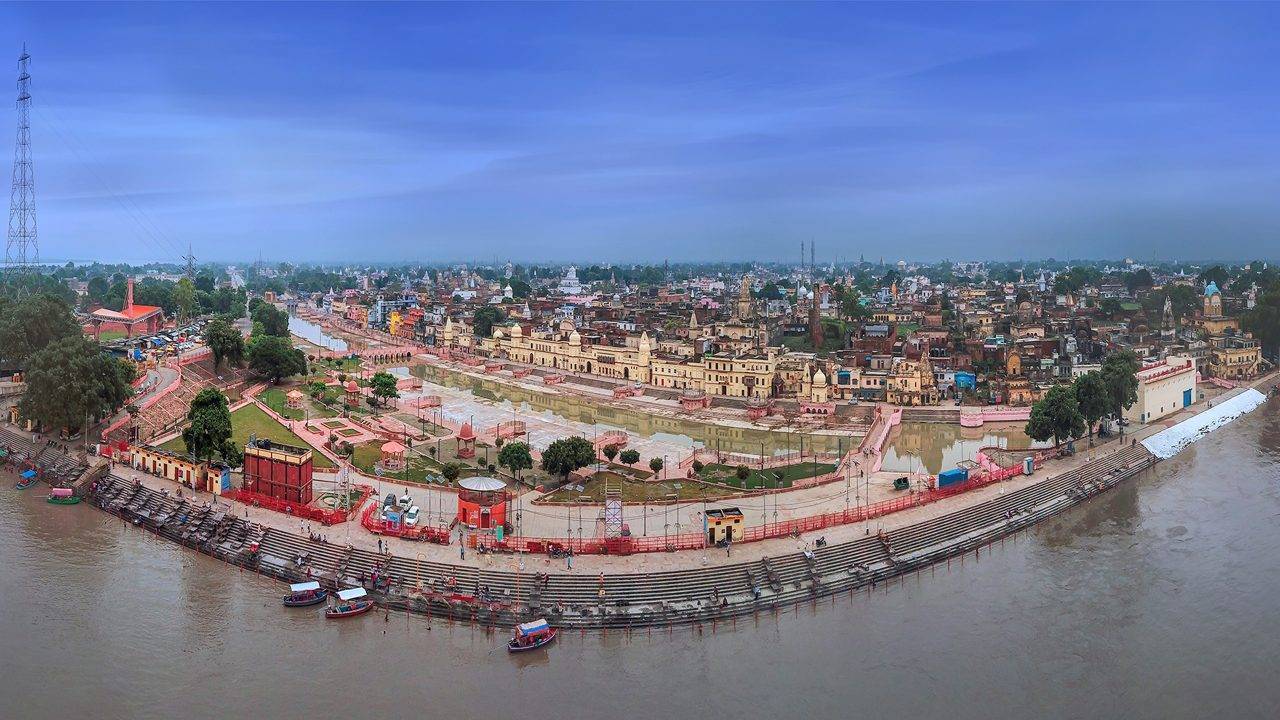As Navi Mumbai International Airport (NMIA) prepares for operations in September 2025, the Maharashtra government has fast-tracked plans for a 667-acre Aerocity adjacent to the airport. The City and Industrial Development Corporation (CIDCO) has invited bids to appoint a consultant to prepare the Master Plan and provide transaction advisory services for the development. The plan will allocate roughly 123 acres each for residential, commercial, and retail purposes, with additional space reserved for mixed-use and industrial projects.
CIDCO officials highlighted that a comprehensive techno-economic feasibility study will be conducted for all key sectors, including commercial, retail, residential, industrial, and mixed-use developments. The Aerocity is designed to integrate financial services, corporate offices, export-oriented enterprises, aero-centric warehousing, hotels, hospitals, schools, and entertainment facilities. A CIDCO spokesperson noted that the Master Plan will align with both domestic and international market considerations, assessing financial feasibility and infrastructure requirements.
The Aerocity Master Plan will consider existing and planned infrastructure around the airport, including the Navi Mumbai Airport Influence Notified Area (NAINA), the Mumbai Trans Harbour Link (MTHL or Atal Setu), Navi Mumbai Metro Lines, suburban railway expansions, and other key port and highway projects. The appointed consultant will also examine urban development patterns, real estate trends, and the impact of large-scale projects on demand and connectivity.
CIDCO, the special planning authority for Navi Mumbai, has played a key role in the city’s development since the 1970s. The organization has overseen the creation of 14 nodes with mixed-use zoning, including residential, commercial, and retail areas. The land for the Navi Mumbai Aerocity was acquired alongside the airport project to ensure coordinated development from the outset.
Developers and consultants have noted that the launch of Navi Mumbai Airport offers a rare opportunity for planned urban development at a scale not historically achieved in Mumbai. Unlike many areas of Mumbai, which experience waterlogging and traffic congestion, Navi Mumbai’s infrastructure planning has minimized such issues, making it a prime location for new developments. According to Manohar Shroff, senior vice president of CREDAI-MCHI, Navi Mumbai, the Aerocity could become a new hub comparable to Vile Parle, with provisions for hotels, hospitals, educational institutions, and residential complexes, all developed in a planned manner.
The airport’s imminent launch has also drawn attention from aviation professionals, particularly pilots nearing retirement, who are increasingly investing in plots and luxury villas near the airport. The appeal is not only logistical but also financial; many investors expect property values in the Aerocity region to follow trends observed around other Mumbai airport hubs such as Juhu, Vile Parle, and Santacruz. Additionally, the strategic location of NMIA, roughly equidistant from Mumbai and Pune, has attracted buyers from West Pune seeking long-term investment opportunities.
Navi Mumbai will join a growing list of Aerocities across India. Currently, nine Aerocities are either operational or under development, including Delhi, Hyderabad, Mohali, Durgapur, Jewar (near Noida), Ayodhya, Devanahalli (near Bengaluru), and Navi Mumbai. These developments aim to leverage airport connectivity to attract corporate offices, logistics hubs, and residential communities, creating integrated urban zones around aviation infrastructure.
Image source- cidco.maharashtra.gov.in









.png)